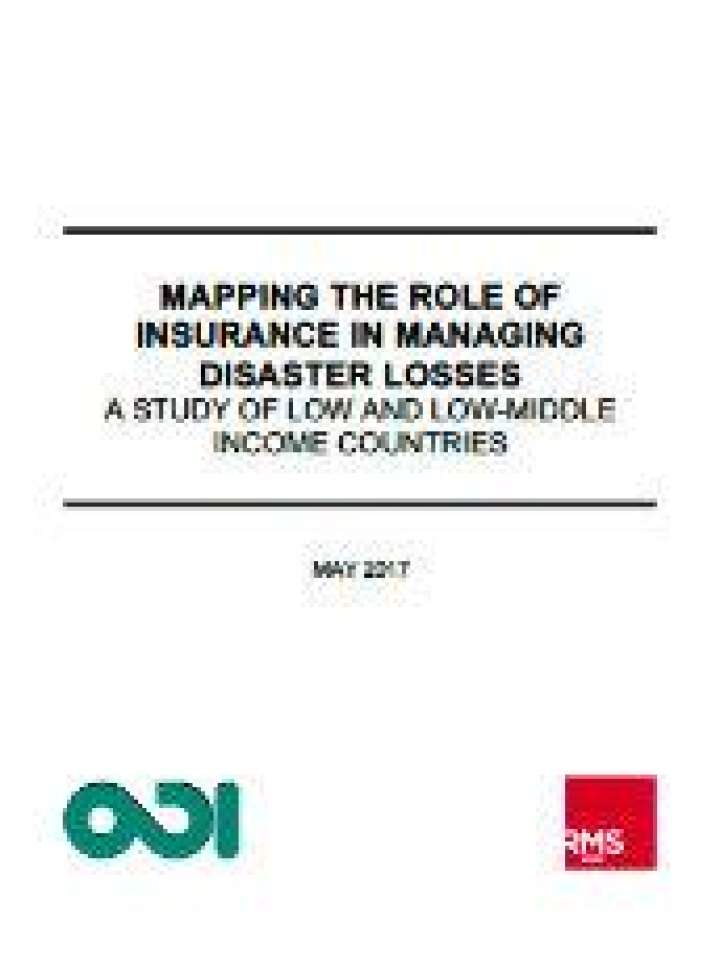Mapping the role of insurance in managing disaster losses: A study of low and low-middle income countries
This report was commissioned by the UK Department for International Development (DFID) to provide quantitative evidence of the potential scale of natural disasters that could be covered by insurance, or other ex-ante risk financing instruments, in the next ten years. The study is focused on the set of countries identified by the World Bank to be low or low-middle income economies, however the analysis excludes those countries deemed to be in conflict based on data from the UN Refugee Agency.
RMS performed an analysis of how feasible insurance schemes could reduce the financial burden of disaster losses. The analysis combines four separate data sources to produce a comprehensive assessment of disaster losses and associated aid payments. The analysis finds that the average annual asset losses from natural catastrophe events in low and low-middle income countries is equal to $29.1 billion. $2.2 billion of this (approximately 8% of total losses) is met by humanitarian aid expenditure. A further $0.9 billion (approximately 3% of total losses) is currently covered by insurance.
The researchers then applied three different hypothetical insurance structures to simulate losses at present day risk exposure and population levels. Overall, the quantitative analysis suggests that plausible development of insurance schemes to cover losses from natural disasters in low and low-middle income countries over the next ten years has the potential to provide average annual insurance recoveries of $3.1 billion (approximately 11% of average annual asset losses). Taking into account the positive impact of ex-ante risk financing that acts to mitigate the longer-term development of disaster losses, these recoveries reduce the financial consequences of catastrophe risk by $4.4 billion per year (approximately 15% of average total asset losses).
Explore further
